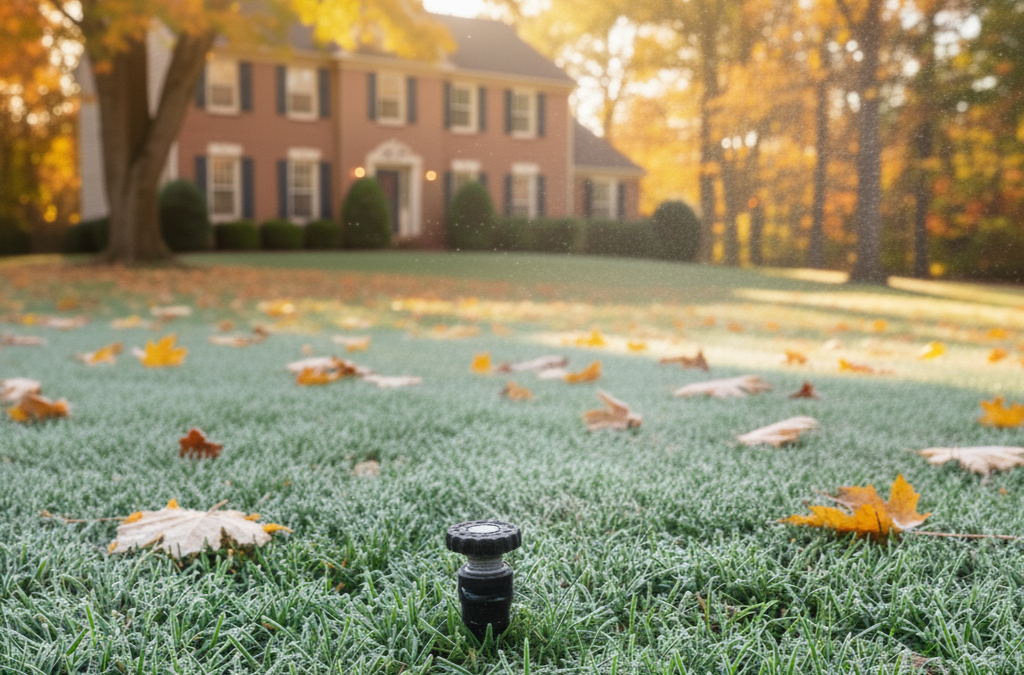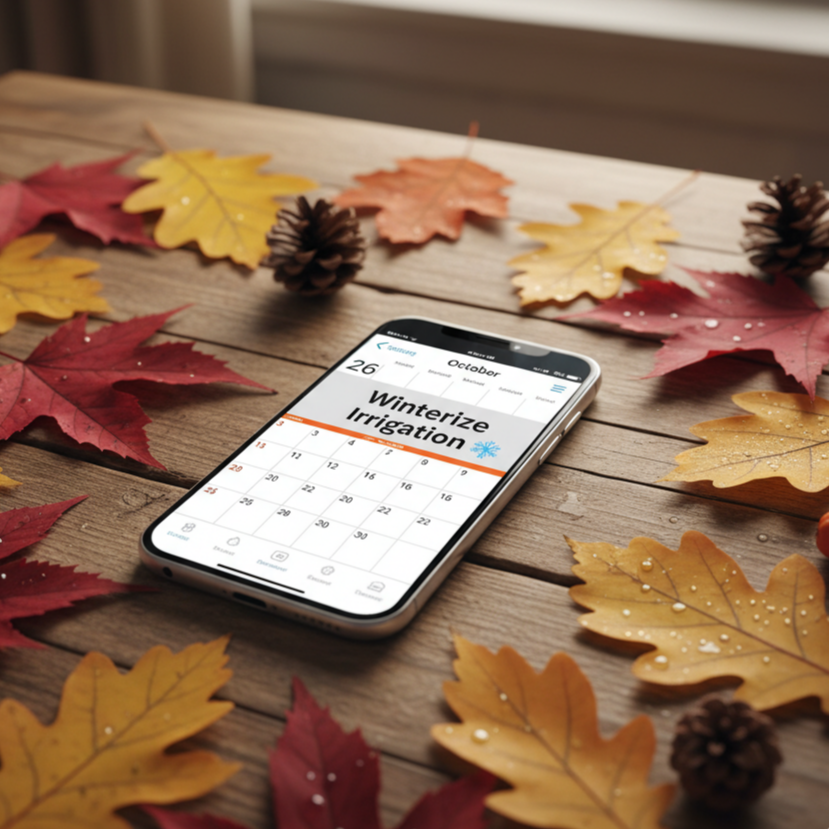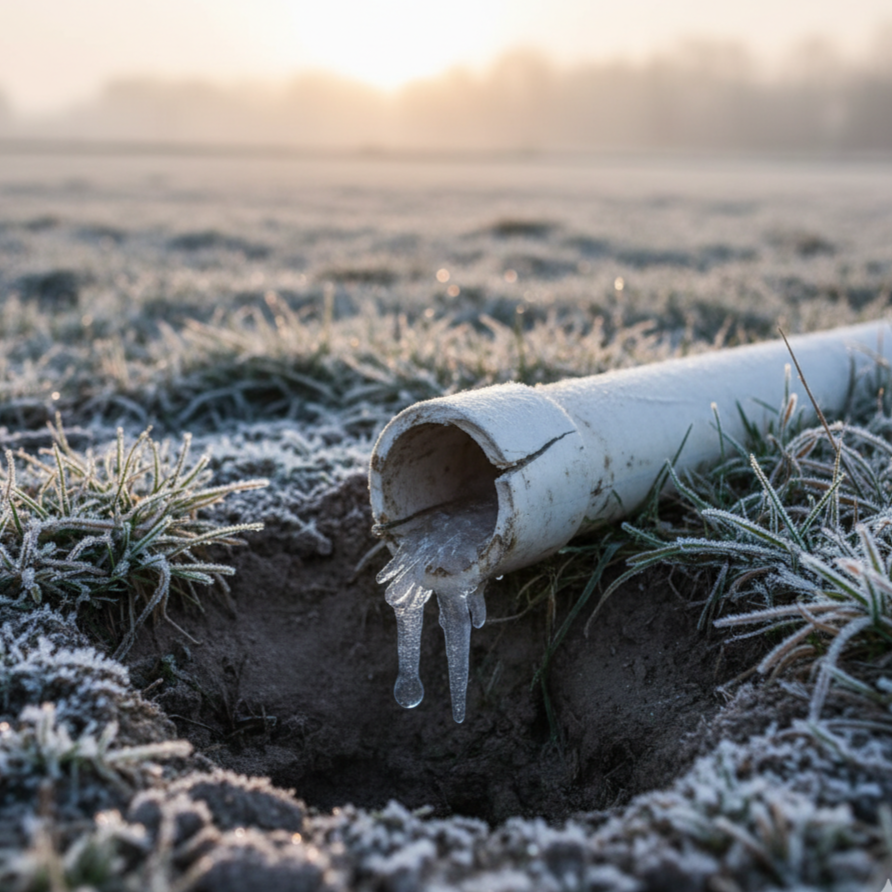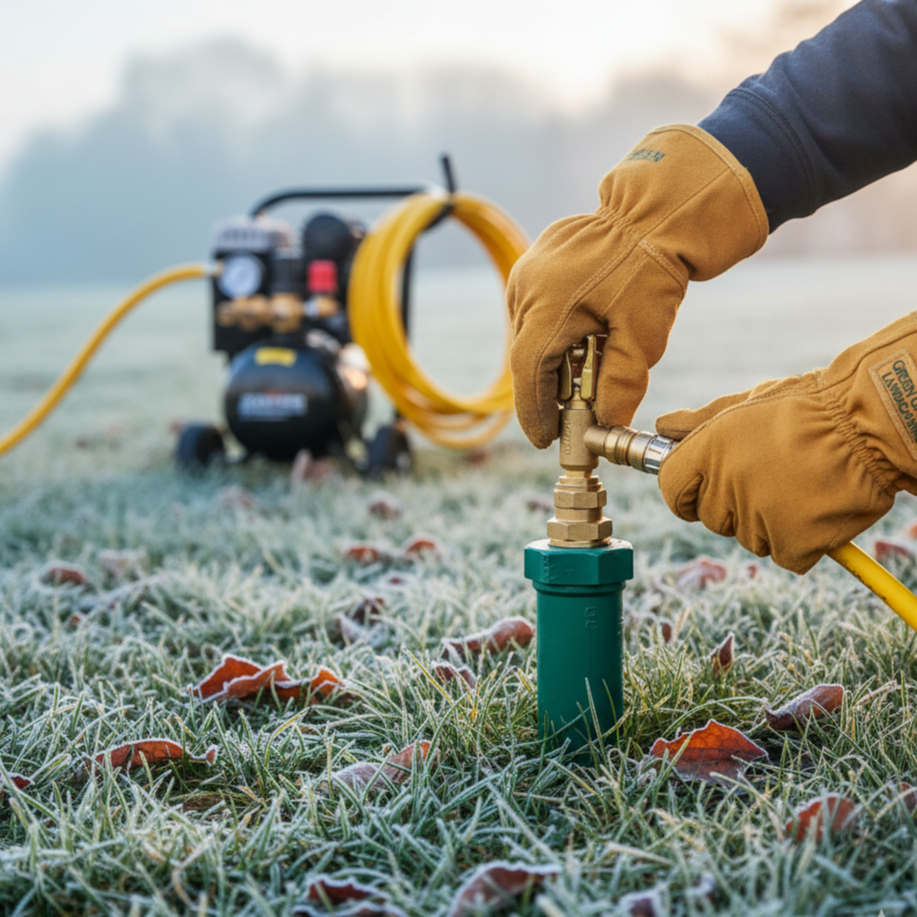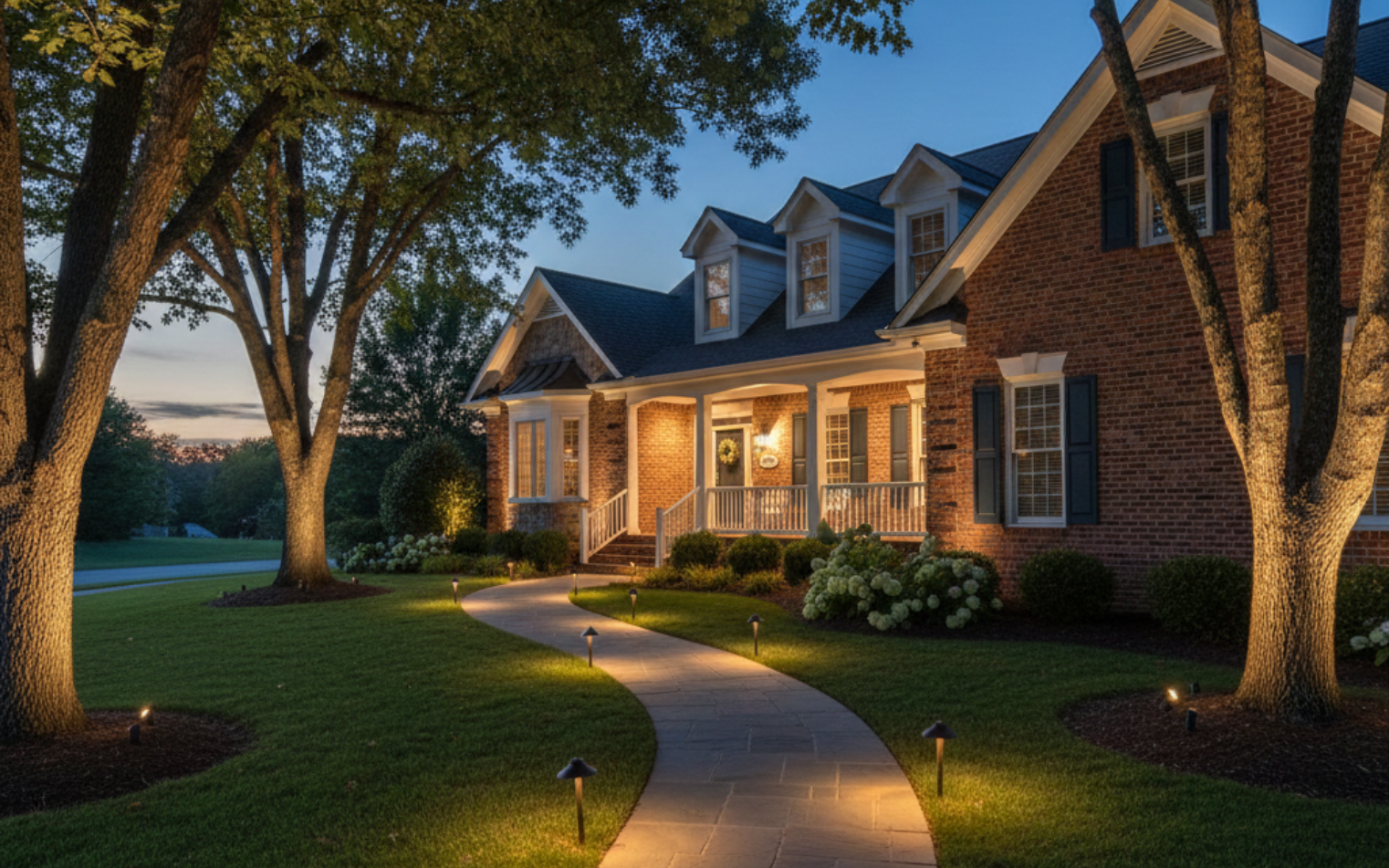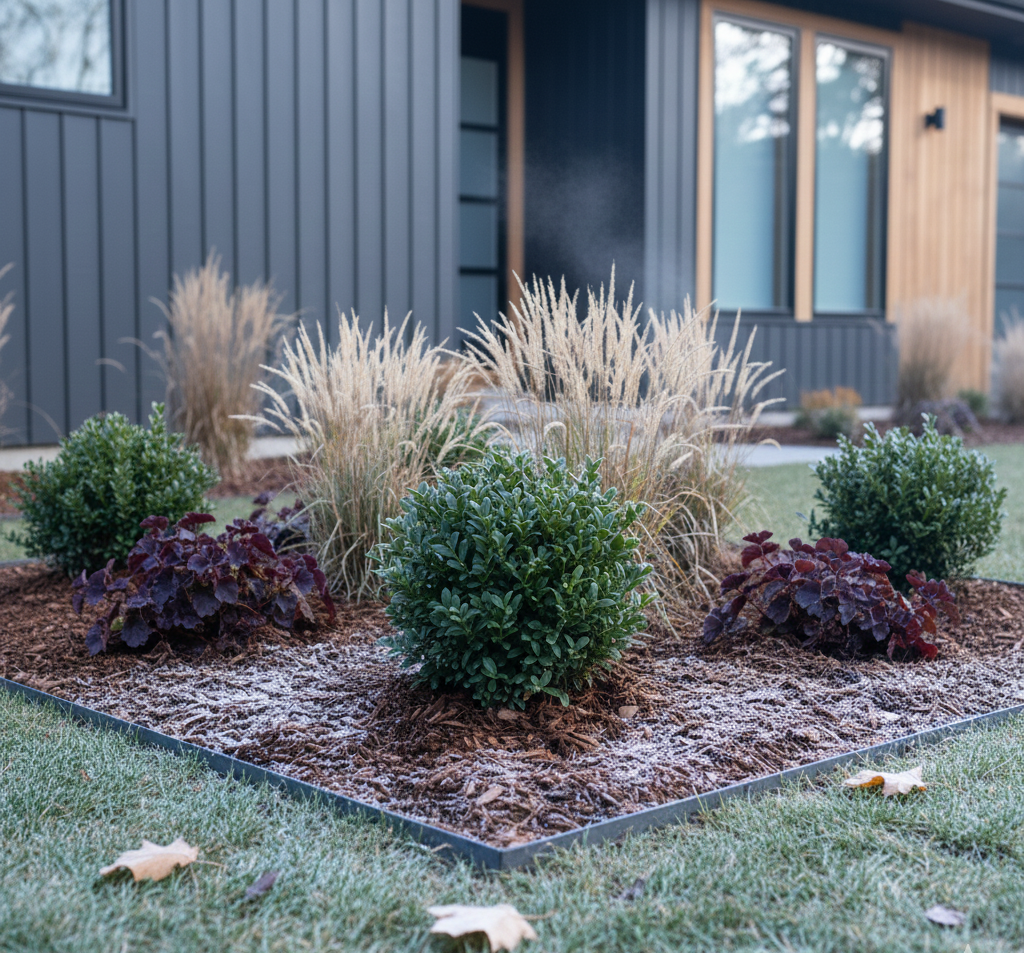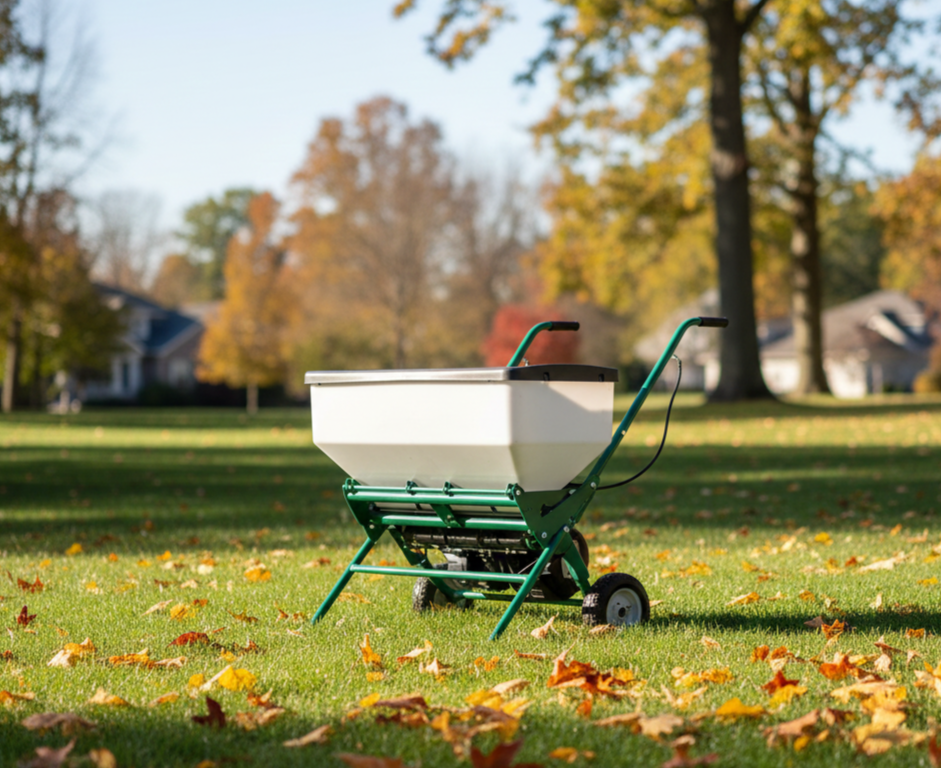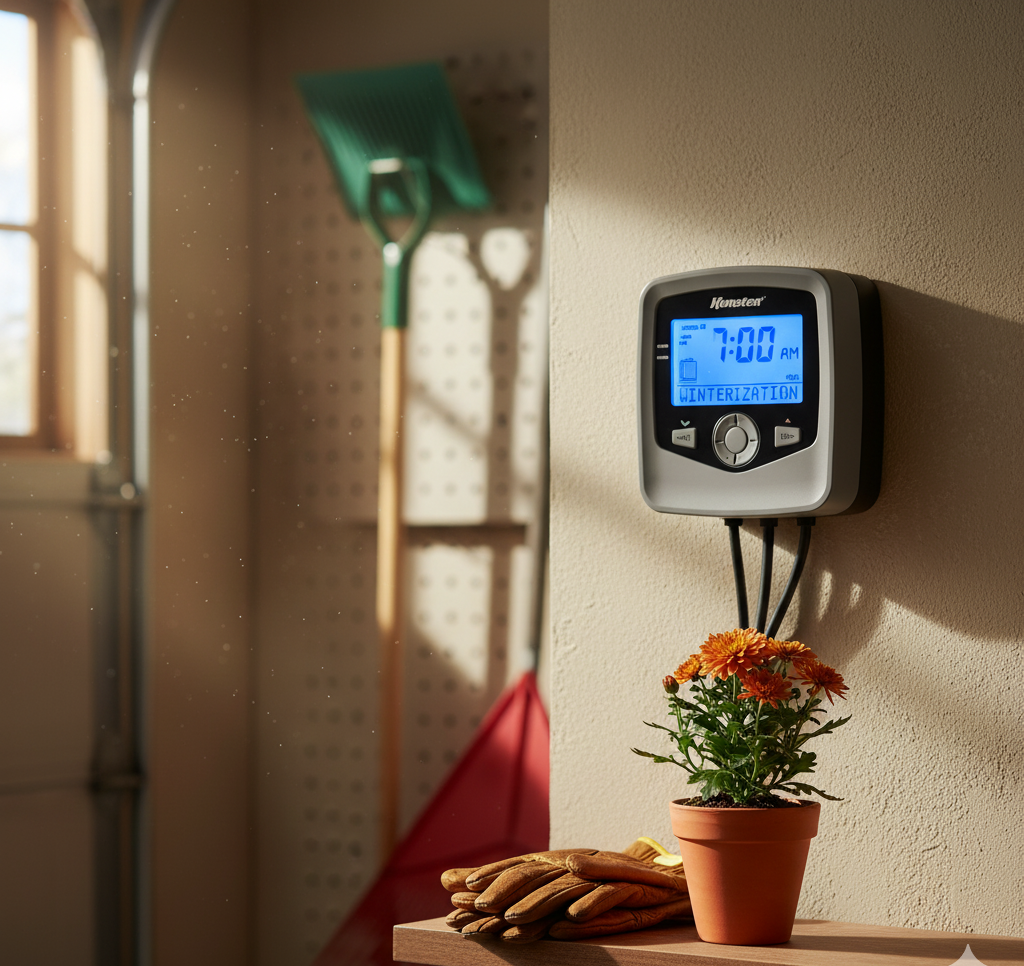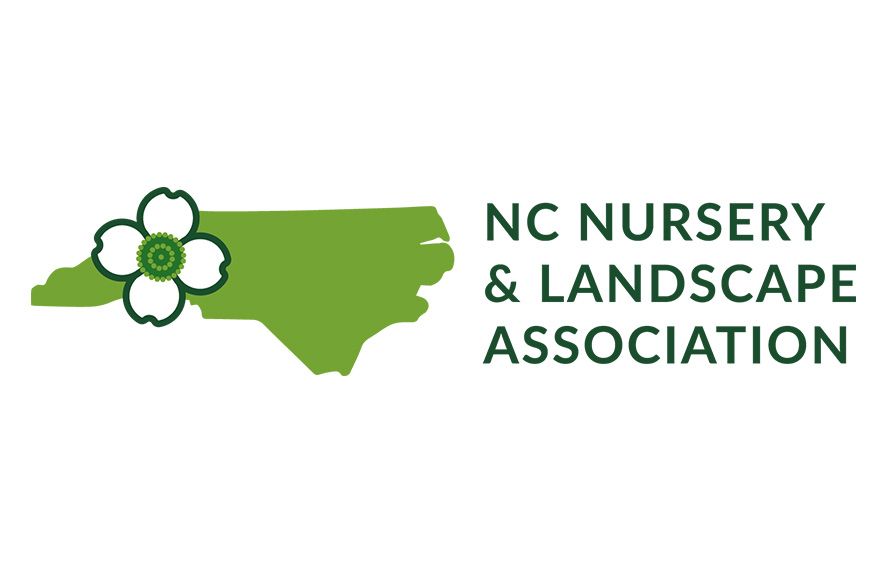Don’t Let the Cold Catch You Off Guard — Prepare Your Irrigation System Now
As autumn fades and North Carolina heads toward its first frost, your lawn and landscape begin their quiet transition into dormancy. But while your turf might rest, your
irrigation system still faces serious risks from the cold. Frozen pipes, cracked valves, and damaged backflow preventers can cost hundreds—or even thousands—of dollars to repair come spring.
Winterizing your irrigation system is one of the most important fall
maintenance tasks you can complete. It’s not just about avoiding repairs—it’s about
protecting your investment, preserving water efficiency, and ensuring your system starts next season strong.
In this guide, we’ll break down exactly why irrigation winterization matters, what the process includes, and how to make sure your system is fully protected before freezing temperatures arrive.
Why Irrigation Winterization Matters in North Carolina
🌡️ Key Risks of Skipping Winterization:
Preventing these issues isn’t complicated—it just requires the right timing and professional process.
Timing Is Everything: When to Winterize in North Carolina
What Happens If You Don’t Winterize?
The Professional Winterization Process Explained
4. Draining or Blowing Out the Lines
This is the most critical step in winterization. All water must be removed from the pipes, valves, and sprinkler heads using one of the following methods:
- Manual drain method: Some systems are equipped with drain valves that allow gravity to empty water from the lines.
- Automatic drain method: Systems with built-in drain valves release water automatically when pressure drops below a certain level.
- Compressed air “blowout” method: Professionals use a specialized air compressor with controlled pressure (typically 50–80 PSI) to push all remaining water out of each irrigation zone.
🚫
Important: Using a home air compressor is risky—it usually doesn’t produce enough volume, and overpressurizing can damage components. Always let a trained technician handle the blowout safely.
5. Backflow Preventer Protection
Backflow assemblies are especially vulnerable because they’re often above ground. After draining, technicians insulate them with weatherproof materials or special covers to prevent freezing.
6. Final Check & Documentation
Once complete, your irrigation system is tested to confirm that no zones are holding residual water. The technician may tag or log the system for easy spring reactivation.
Common Areas Homeowners Overlook During Winterization
Even well-intentioned DIYers often miss key irrigation components that can freeze and fail during winter.
Backflow preventer assemblies are among the most vulnerable parts since they’re typically installed above ground and exposed to the cold. When water freezes inside, it expands and cracks the brass or PVC housing—damaging the device that protects your home’s drinking water.
Drip irrigation lines are another easy-to-overlook component; they often run along garden beds or under mulch and can trap water that freezes, causing small cracks that only appear once spring watering begins.
Hidden valves or zone controls often sit in low-lying areas where water collects, making them prone to internal freezing and ruptured fittings. Likewise,
sprinkler heads near driveways or slopes frequently gather runoff or melted ice that re-enters the line. As temperatures fluctuate, that trapped moisture freezes and thaws repeatedly, stressing seals and shortening your system’s lifespan.
A professional inspection ensures every component—visible or underground—is properly drained, insulated, and protected from freeze damage. Taking this extra step helps prevent leaks, repairs, and delayed startups when warmer weather returns.
How Winterization Protects Your Landscape Investment
1. Prevents Soil Compaction🌱
Undetected leaks can saturate and compact soil over winter, making spring
aeration and fertilization less effective. Proper shutdown stops that from happening.
2. Protects Water Efficiency💧
When pipes or fittings crack, systems lose pressure—wasting water once it’s back on. A sealed system ensures consistent coverage and even water distribution.
3. Extends System Lifespan🛠️
By keeping the system dry through winter, you reduce corrosion, mineral buildup, and stress on valves and seals. That means fewer replacements and repairs over the years.
4. Supports Healthier Turf Recovery🌿
A properly winterized irrigation system is ready for early spring startup, ensuring your lawn gets the hydration it needs right when temperatures warm.
Bundle Winterization With Other Fall Services
Smart homeowners use the winter prep season to handle multiple lawn and landscape tasks at once. Combining services saves time, reduces costs, and maximizes your lawn’s readiness for spring.
At
Green Garden Landscaping, we recommend pairing your irrigation winterization with:
Bundling these services ensures your entire landscape transitions smoothly through winter—and comes back thriving.
Combining irrigation winterization with other fall services can reduce overall maintenance costs by up to 25%.
Protect Your Investment — Before It’s Too Late
Your irrigation system is one of the most valuable parts of your landscape—and one of the easiest to protect with proper fall maintenance. Taking the time now to winterize will save you from major headaches, repairs, and water waste in spring.
At
Green Garden Landscaping, our irrigation experts make the process simple and stress-free. Whether you have a small residential yard or a multi-zone commercial system, we’ll ensure every line, head, and valve is cleared and insulated before the first freeze hits.
📞
Schedule Your Irrigation Winterization Today
Don’t wait until temperatures drop—book your
Irrigation Maintenance & Winter Prep Service now and protect your lawn’s lifeline before winter sets in.


